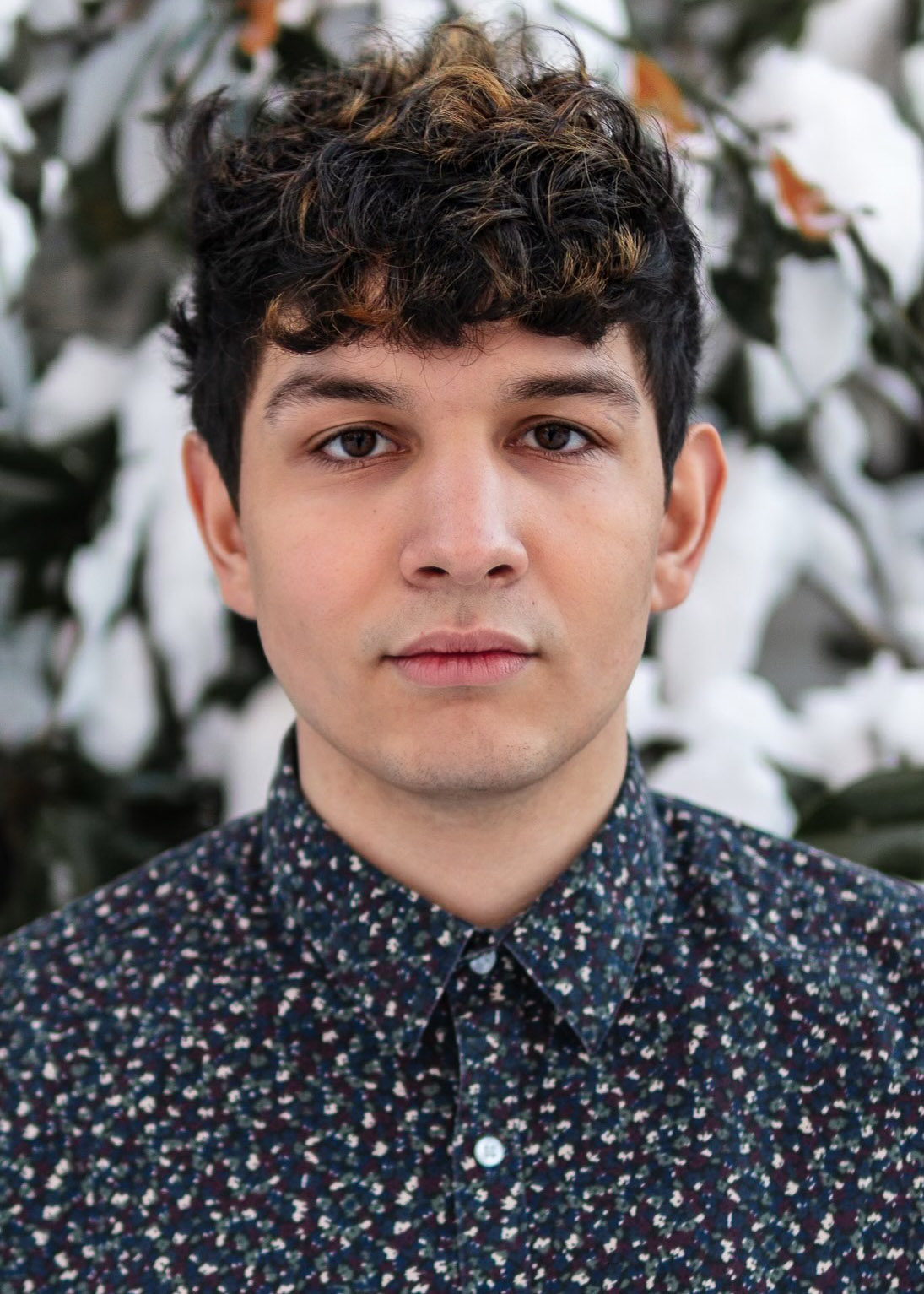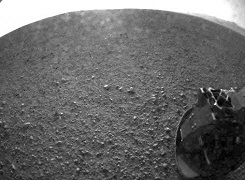How has student research in nuclear thermal rockets shaped your career plans?

Miguel Alessandro Lopez
At the University of Rhode Island, I initially enrolled as a candidate for an accelerated track to earn bachelor’s and master’s degrees in mechanical engineering, with a minor in nuclear engineering. My objective was to concentrate on reactor power design and join efforts to make nuclear energy safer, more efficient, and less stigmatized.
My plans changed after I attended a guest presentation on high-performance nuclear thermal propulsion (HP-NTP) led by Michael Houts, manager of NASA Nuclear Research at Marshall Space Flight Center. He posted his email address on one of the last slides, so I took a chance and contacted him about potential research opportunities and thesis work. As it turned out, that one little email ultimately led to four NASA-sponsored design projects at URI—two are complete, and two are in progress—as well as my thesis. My research has been on HP-NTP, specifically the centrifugal nuclear thermal rocket (CNTR) design. In that design, liquid uranium is heated to extremely high temperatures in a cylinder that is rotated between 5,000 and 7,000 revolutions per minute as liquid hydrogen passes through the center of the cylinder, where it is heated and expanded, exiting as a propellant while the liquid uranium is retained by centrifugal force.


